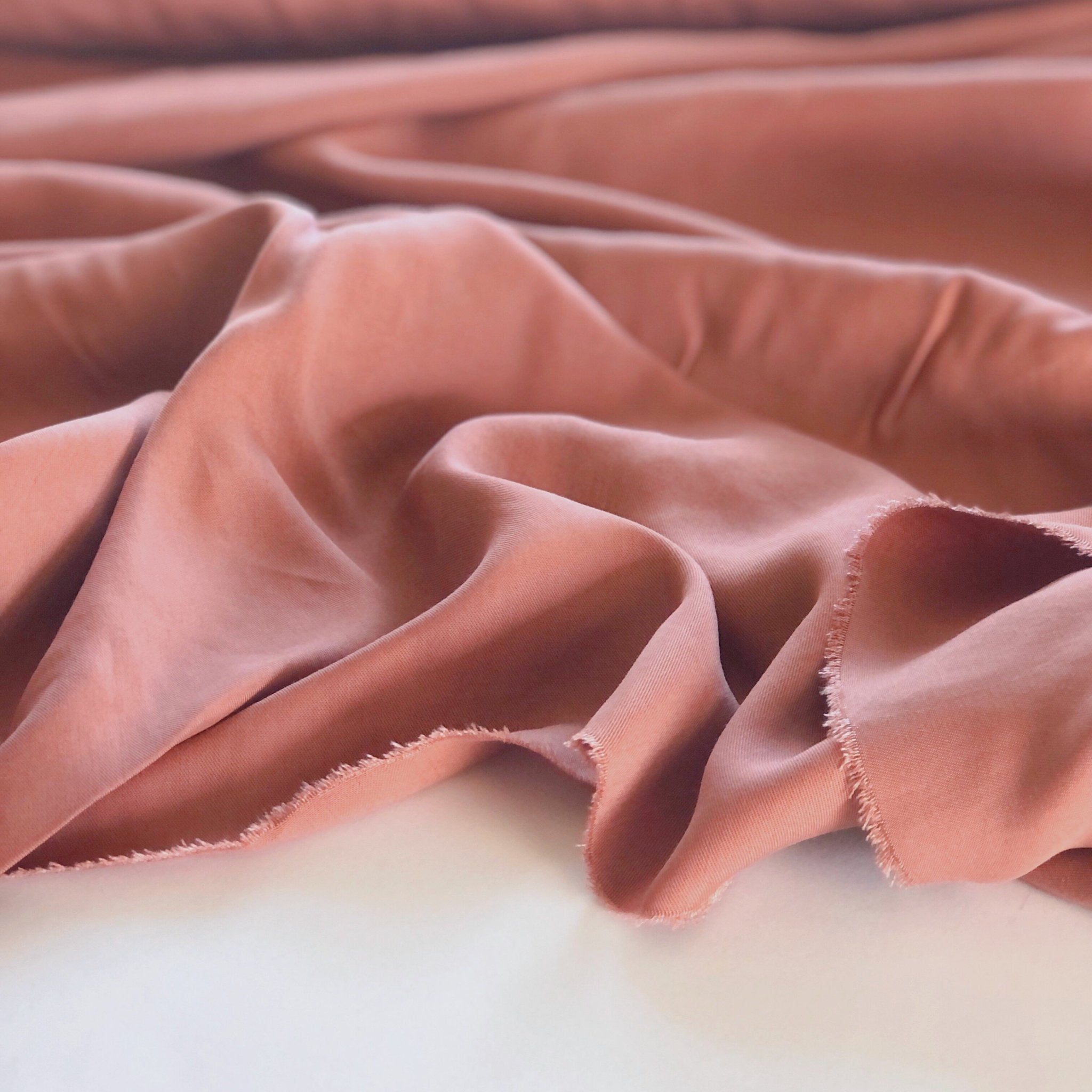In recent years, the conversation surrounding sensory-friendly fabrics has gained significant traction, particularly among individuals with sensory processing sensitivities, autism spectrum disorders, and other related conditions. As awareness grows, so does the demand for textiles that provide comfort, reduce anxiety, and enhance overall well-being. This article delves into the characteristics of the best sensory-friendly fabrics, their benefits, and how to choose the right material for your needs.
Understanding Sensory Sensitivities
Before we explore the best fabrics, it's essential to understand what sensory sensitivities entail. Individuals with sensory processing issues may experience heightened or diminished responses to sensory stimuli, including touch, sound, and visual input. For many, the texture of clothing can be a significant source of discomfort, leading to anxiety and distress. Therefore, selecting the right fabric is crucial for creating a calming and supportive environment.
Key Characteristics of Sensory-Friendly Fabrics
When searching for the best sensory-friendly fabric, consider the following characteristics:
- Softness: Fabrics that are soft to the touch can significantly reduce discomfort. Natural fibers like cotton, bamboo, and modal are often preferred for their gentle feel against the skin.
- Breathability: Breathable fabrics allow for better air circulation, which helps regulate body temperature and prevents overheating. This is particularly important for individuals who may be sensitive to changes in temperature.
- Stretchability: Fabrics with a bit of stretch can provide comfort without restricting movement. Materials like spandex blended with cotton or bamboo can offer the right balance of flexibility and support.
- Seamless or Flat Seams: Clothing with minimal seams or flat seams can reduce irritation, making it easier for individuals to wear garments for extended periods without discomfort.
- Hypoallergenic Properties: For those with sensitive skin, hypoallergenic fabrics can help prevent allergic reactions. Organic cotton and bamboo are excellent choices, as they are less likely to irritate the skin.
Top Sensory-Friendly Fabrics
Now that we understand the characteristics to look for, let’s explore some of the best sensory-friendly fabrics available:
- Cotton: A classic choice, cotton is soft, breathable, and hypoallergenic. It is widely available and comes in various weights and weaves, making it versatile for different clothing types.
- Bamboo: Bamboo fabric is known for its incredible softness and moisture-wicking properties. It is also naturally antibacterial, making it an excellent option for those with sensitive skin.
- Modal: Made from beech tree pulp, modal is incredibly soft and drapes beautifully. It is also breathable and resistant to shrinking, making it a durable choice for everyday wear.
- Tencel (Lyocell): Tencel is an eco-friendly fabric made from sustainably sourced wood. It is soft, breathable, and has excellent moisture management properties, making it ideal for sensitive individuals.
- Microfiber: This synthetic fabric is known for its softness and lightweight feel. Microfiber is often used in activewear and loungewear, providing comfort without sacrificing performance.
- Merino Wool: While wool can sometimes be itchy, merino wool is a finer, softer variety that is breathable and temperature-regulating. It can be an excellent choice for those who enjoy the warmth of wool without the discomfort.
How to Choose the Right Sensory-Friendly Fabric
When selecting sensory-friendly fabrics, consider the following tips:
- Test Before You Buy: If possible, feel the fabric before purchasing. Look for samples or swatches to ensure the texture meets your comfort needs.
- Consider Layering: For individuals who may be sensitive to certain fabrics, layering can help. A soft base layer made from cotton or bamboo can provide comfort, while other fabrics can be worn on top.
- Read Labels: Pay attention to fabric content and care instructions. Avoid fabrics with added chemicals or finishes that may irritate sensitive skin.
- Seek Recommendations: Join online communities or forums where individuals share their experiences with sensory-friendly fabrics. Personal recommendations can be invaluable in finding the right options.
Conclusion
Finding the best sensory-friendly fabric is a personal journey that requires consideration of individual sensitivities and preferences. By understanding the key characteristics of sensory-friendly textiles and exploring various fabric options, you can create a wardrobe that promotes comfort and well-being. Whether you are shopping for yourself or a loved one, prioritizing sensory-friendly fabrics can make a significant difference in daily life, allowing for greater ease and enjoyment in clothing choices.

